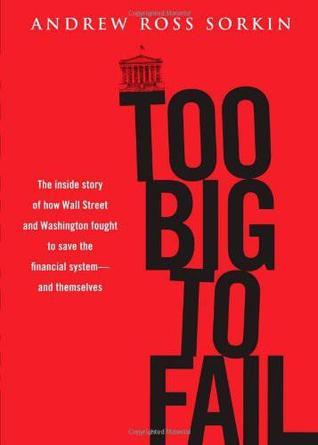More on this book
Community
Kindle Notes & Highlights
Read between
August 20 - August 28, 2025
Wall Street firms had debt to capital ratios of 32 to 1. When it worked, this strategy worked spectacularly well, validating the industry’s complex models and generating record earnings. When it failed, however, the result was catastrophic.
A bunch of “hedgies,” Wall Street’s disparaging nickname for hedge fund managers, had systematically taken down Bear Stearns by pulling their brokerage accounts, buying insurance against the bank—an instrument called a credit default swap, or CDS—and then shorting its stock.
The battle between bankers and traders is the closest thing to class warfare on Wall Street. Investment banking was esteemed as an art, while trading was more like a sport, something that required skill, but not necessarily brains or creativity.
To encourage teamwork, he adopted a point system similar to the one that he used to reward his son, Richie, when he played hockey. Fuld taped his son’s games and would inform him, “You get one point for a goal, but two points for an assist.” He had some other choice paternal advice for his son that he also applied at Lehman: “If one of your teammates gets attacked, fight back like hell!” At Lehman, senior executives were compensated based on the performances of their team.
and had risen to the very top of his profession. He was awarded an $18.7 million cash bonus for the first half of the year; in 2005 he was the highest paid CEO on Wall Street, pulling in $38.3 million in total compensation.
Traditional banks had the Federal Deposit Insurance Corporation, or FDIC, and the Federal Reserve effectively protecting them from going bankrupt; these agencies had a built-in transition plan that allowed them to take failing banks safely into receivership and auction them off. But the FDIC had no authority over investment banks like Goldman Sachs, Morgan Stanley, Merrill Lynch, Bear Stearns, and Lehman Brothers, and unless Paulson was given comparable power over these institutions, he said during the meeting, there could be chaos in the market.
Most banks valued their illiquid investments simply at the price they paid for them, rather than venture to estimate what they might be worth on any given day. If they later sold them for more than they paid for them, they made a profit; if they sold them for less, they recorded a loss. But in 2007 that straightforward equation changed when a new accounting rule, FAS 157, was enacted. Now if a bank owned an illiquid asset—the property on which its headquarters was located, for example—it had to account for that asset in the same way as it would a stock. If the market went up for those assets
...more


